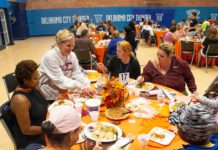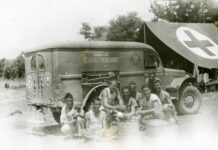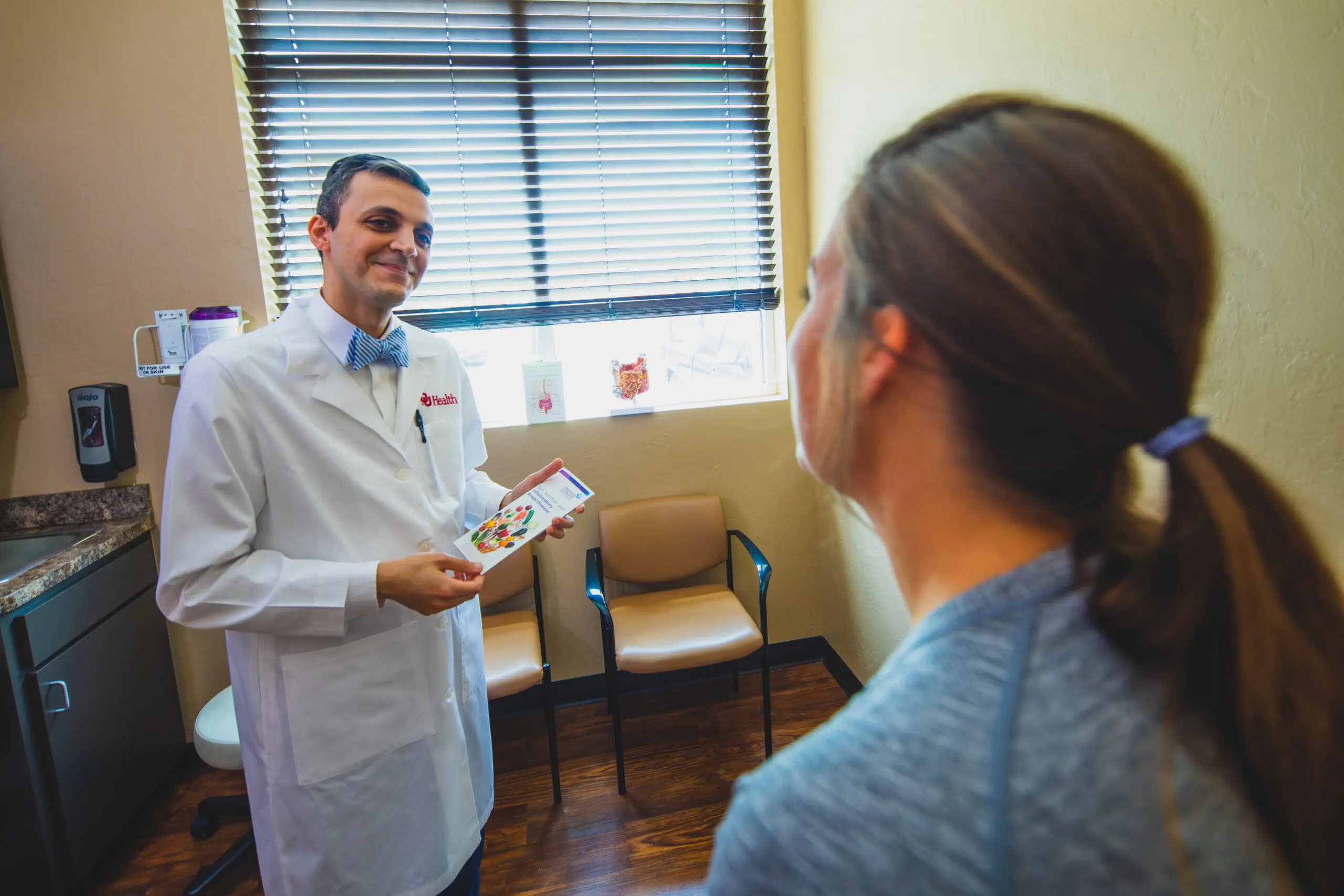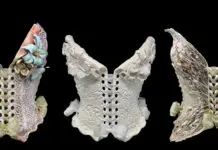In a state lacking skiable mountains or prolonged cold snaps sufficient to freeze ponds and lakes to a safe thickness, most Oklahomans have long been on the outside looking in where traditional winter athletics are concerned.
But the explosion of a slippery sport from the Great White North onto the state’s ice rink scene has found rapidly growing numbers of Oklahomans sliding into a love affair with curling.
An Olympic sport tracing its origin to Medieval Scotland, curling is an icy version of shuffleboard played with 40-pound blocks of round granite and a broom. Curlers score points by sliding the blocks into a painted target area while three team members use special brooms to sweep the ice ahead of the gliding granite.
Oklahoma’s burgeoning curling community is a melting pot of backgrounds comprised of Canadian expatriates tracing their love for the game to childhood, as well as curious Oklahoma natives captivated by Olympic competition. It is a sport enjoyed by men, women, young, old, athletic and not-so-athletic, alike.
Count Tulsa Curling Club founder Eric Vardeman among the curious captives. A chance televised viewing of the curling competition during the 2006 Olympic Winter Games set him on a quest that would ultimately lead to his establishing the Tulsa club. “It was a vendetta,” he says of his instant passion for the game. “I just had to learn how to play it. I got addicted to it without even playing it.”
When the curling bug first bit Vardeman, Tulsa lacked a curling league. He found the scratch for his curling itch in the Edmond-based Oklahoma Curling Club. Holding the distinction of being the state’s first organized curling organization, OCC was born of founder Jonathan Havercroft’s desire to find a game on the north bank of the Red River. “I grew up in Canada where curling is a big winter activity,” he explains. After moving to the Oklahoma City area in 2007, Havercroft found himself making Sunday drives to Dallas to get a game in. “After about two years I was getting fed up with this, and I decided to start a club up here.”
The trick, Havercroft says, was determining the viability of such a club. “I posted an announcement on Facebook for a meeting at a Starbucks, and five people I had never met before came out to the meeting. That was when I knew that there was at least some interest.” Nailing down a host rink would prove somewhat of a bigger challenge. After a tentative reception from the first rink he approached, Havercroft’s fortunes changed two days later. “I received a call from Darryl Rowley, the manager of the Arctic Edge ice rink in Edmond. He started asking really technical questions about how to set up the ice, and he was using a lot of curling-specific terms. I asked him, ‘Have you curled before?’ and it turned out that he had and that he was from a big curling family back in Canada. That’s when I knew I had a shot at getting him to try curling at his rink.”
Like Havercroft, geography played a role in Vardeman’s decision to establish the Tulsa club when gliding back and forth on the Turner Turnpike became a burden. After confirming a home at Oilers Ice Center, the next order of business was introducing curling to a region largely unfamiliar with the sport. “I just knew we needed eight people to play two teams. If that was all we had, that was all we had.” Borrowing stones and brooms from OCC, the Tulsa Curling Club held its first open house in January 2012. “I expected between 20 and 25 people,” Vardeman says. When 67 people showed up, any doubt that curling could be a viable enterprise in the Tulsa area was once and for all swept away.
From humble beginnings, both OCC and TCC have thrived. And in many cases, the sport has proven a rejuvenating force for those who have caught the curling fever. “One guy told me this was the first sport he has ever played,” Vardeman says. “One guy could barely walk. But when he got on the ice he was like a 20-year-old.”
Curling’s repetitive nature allows novice participants to rapidly pick up on its subtle nuances. Vardeman says a curler goes through approximately 50 weekly repetitions during a 10-week season. “It’s like golf. You get that one good shot and it’s like, ‘I could do this forever.’”
As curling continues to establish its growing Sooner State presence, Vardeman is excited by the prospect of seeing Oklahoma curlers compete on a future Winter Olympic stage. “I have delusions of grandeur,” he says, pointing to the Austin, Texas-based Lone Star Curling Club’s ongoing efforts to build a dedicated curling facility as a similar long-term local goal for TCC.
But like any legitimate visionary on good terms with fate and ambition, he pauses and thinks about his self-described delusions. Very convincingly he declares, “I don’t think they’re that far-fetched.”
























